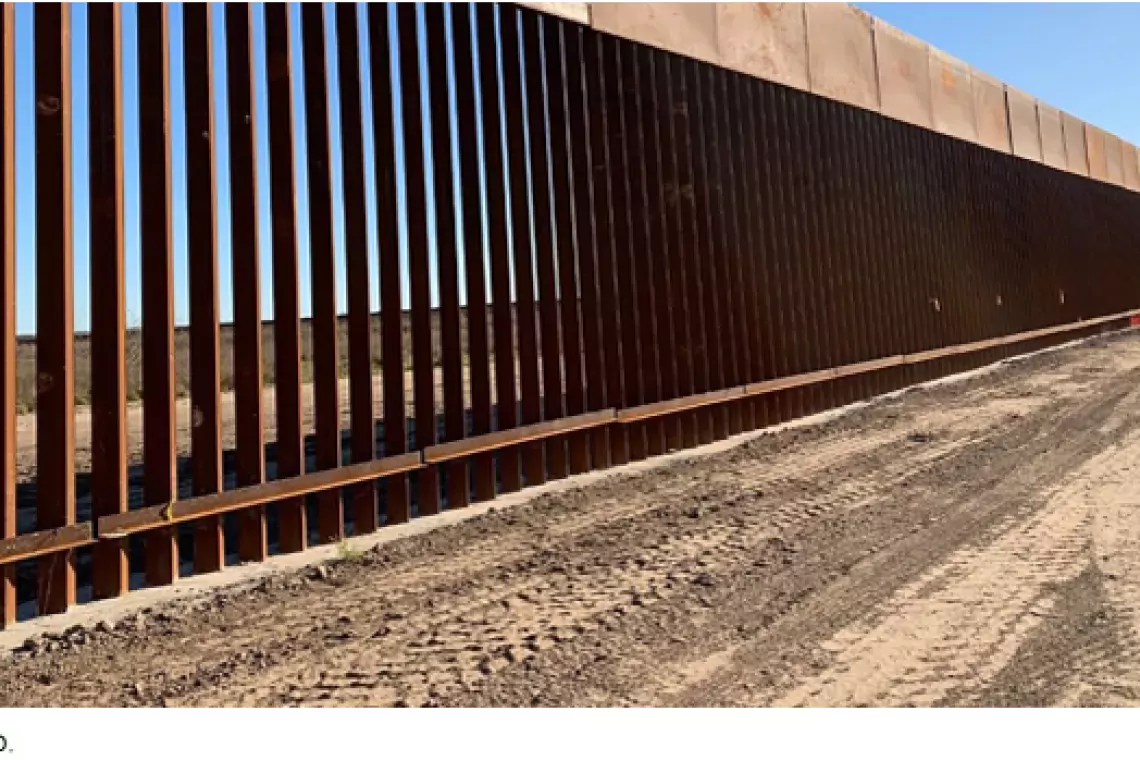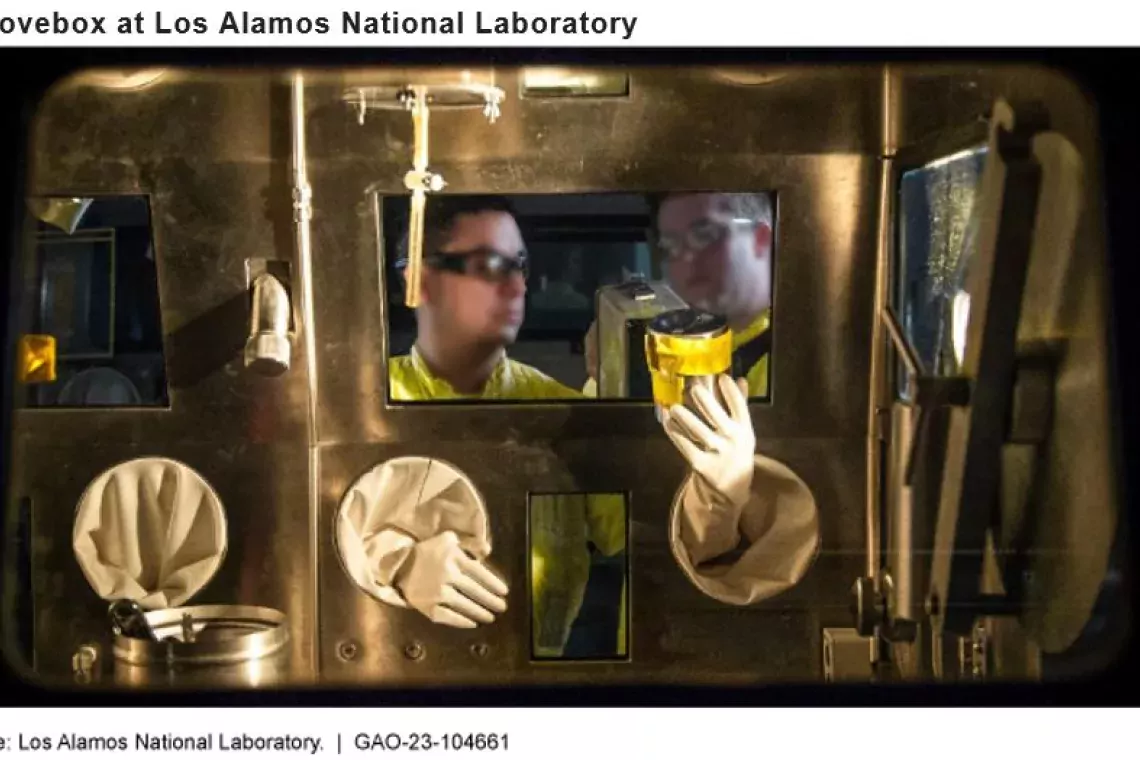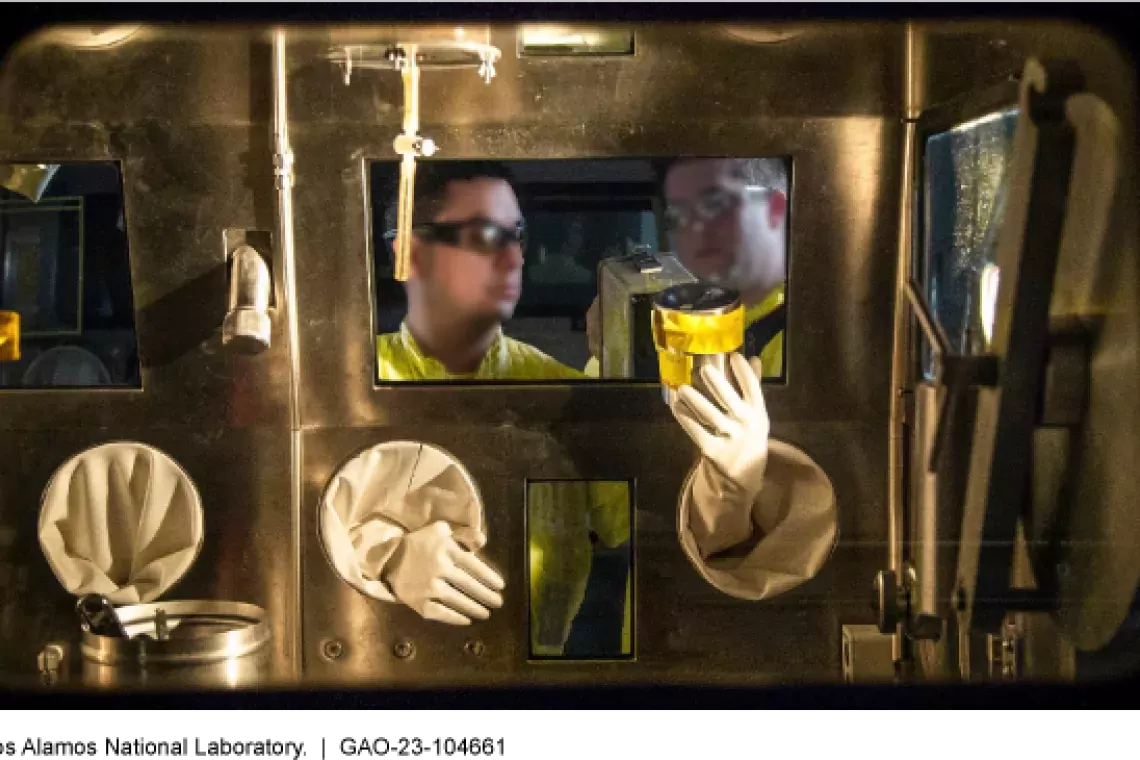How Does Homeland Security Combat Weapons of Mass Destruction, and How Could Their Efforts Improve?
Weapons of mass destruction have the potential to kill thousands of people in a single attack. These weapons can be:
- chemical, such as sarin gas
- biological, like anthrax
- radiological, such as “dirty bombs” laced with radioactive isotopes
- nuclear, like uranium or plutonium bombs
To improve national efforts to detect and combat weapons of mass destruction, the Department of Homeland Security (DHS), in 2018, set up its Countering Weapons of Mass Destruction Office (CWMD). This office merged several DHS offices and efforts with the goal of improving the department’s coordination of federal and state-level preparation to counter WMD threats.
In today’s WatchBlog post, we look at our new report on what efforts CWMD uses to combat weapons of mass destruction and how it could improve its efforts.
How threats are detected at U.S. borders
CWMD has a number of methods for detecting potential threats coming into the country. For example, radiation portal monitors scan the more than 100 million vehicles passing through U.S. ports annually, looking for elevated levels of radiation.
Radiation portal monitor at a land port of entry
Image

However, these monitors are often triggered by naturally occurring radiation in consumer goods. For example, granite and some fertilizers emit radiation. In part to reduce nuisance alarms from benign materials such as these, CWMD plans to replace existing monitors with new ones.
When we last reported on the replacement program in October 2016, DHS officials told us that the new monitors would reduce nuisance alarms by up to 99% and would be in use by 2020—but as of our new report, the completion date has slipped to 2024. Moreover, U.S. Customs and Border Protection officials who operate the portal monitors told us that they are concerned that the replacement monitors may not help solve the nuisance alarm problem, citing high rates of nuisance alarms in tests of prototype replacements. As a result, we recommended that CWMD reassess its strategy for acquiring radiation portal monitors, in coordination with its partners at U.S. Customs and Border Protection.
State and local-level coordination to counter WMD threats
We talked to CWMD’s partners in 15 state and local jurisdictions to see how well CWMD serves their needs. These partners told us that CWMD provides them with equipment, such as handheld radiation detectors (pictured below), and coordinates specialized training to respond to WMD events.
Handheld personal radiation detector and radiation isotope identification device
Image

But some partners said that CWMD did not have sustained communication with them, and that communication with some partners had ceased entirely since 2018. CWMD has communication and outreach plans for how it interacts with states, but we found that these plans did not specify how often CWMD would convene its partners in each of the threat areas under its responsibility. In our new report, we recommended that CWMD clarify its plans for convening state and local partners in all of the threat areas under its responsibility—which could help ensure that these partners are prepared to respond to WMD threats.
- Comments on GAO’s WatchBlog? Contact blog@gao.gov.
GAO Contacts
Related Products

GAO's mission is to provide Congress with fact-based, nonpartisan information that can help improve federal government performance and ensure accountability for the benefit of the American people. GAO launched its WatchBlog in January, 2014, as part of its continuing effort to reach its audiences—Congress and the American people—where they are currently looking for information.
The blog format allows GAO to provide a little more context about its work than it can offer on its other social media platforms. Posts will tie GAO work to current events and the news; show how GAO’s work is affecting agencies or legislation; highlight reports, testimonies, and issue areas where GAO does work; and provide information about GAO itself, among other things.
Please send any feedback on GAO's WatchBlog to blog@gao.gov.





